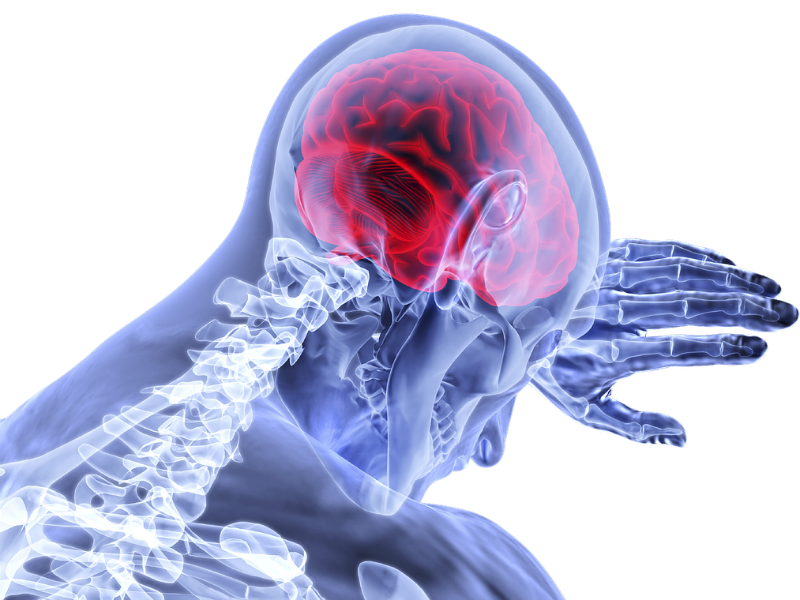<!–
–>

An artificial intelligence (AI) tool developed by researchers at the University of Copenhagen was able to recognise stroke symptoms quicker than emergency call handlers, according to a new study.
Drawing upon the Danish Stroke Registry and a dataset of over 1.5 million calls, 7,000 which were stroke related, researchers trained the AI to transcribe conversations and predict the risk of strokes.
Results from the study found that AI managed to predict 63% of strokes and was correct a quarter of the time. Humans in comparison were only able to predict 52.7% of strokes and were correct less than 20% of the time.
The team hopes that the machine learning framework will be tested in a real world setting soon and can aid call handlers in identifying potential stroke victims.
According to the Centers for Disease Control (CDC), patients that receive treatment within three hours of early symptoms were less likely to experience long term complications.
According to the American Heart Association, stroke is the second leading cause of death in Europe and a major cause of adult disability, affecting over 1 million people each year.
Analysis by GlobalData projects a 44% increase in cases of stroke across the globe, suggesting that solutions for identifying stroke will be in increasing demand.
According to study investigator Dr Jonathan Wenstrup, AI is set to be a powerful tool in stroke identification. Wenstrup believes that recent AI developments will allow for further improvements to the university’s algorithm, including identification of non-word audio.
Although the tool is currently limited to strokes, similar approaches have been effective for cardiac arrest, and different datasets could prove beneficial in identifying other acute illnesses.
In February, digital health company Methinks received a CE mark for its AI-based imaging software that can detect stroke by identifying hyperdense and non-hyperdense large vessel occlusions (LVO) from non-contrast computed tomography (NCCT) and computed tomography angiography (CTA).
Last year, smartphone app FAST.AI also demonstrated impressive stroke detection capability through image detection AI. The algorithm almost perfectly detected facial asymmetry associated with stroke and identified arm weakness in two-thirds of participants.
<!– GPT AdSlot 3 for Ad unit 'Verdict/Verdict_In_Article' ### Size: [[670,220]] —
!– End AdSlot 3 –>
- SEO Powered Content & PR Distribution. Get Amplified Today.
- PlatoAiStream. Web3 Data Intelligence. Knowledge Amplified. Access Here.
- Minting the Future w Adryenn Ashley. Access Here.
- Buy and Sell Shares in PRE-IPO Companies with PREIPO®. Access Here.
- Source: https://www.medicaldevice-network.com/ai/ai-beats-humans-in-identifying-stroke-symptoms/



